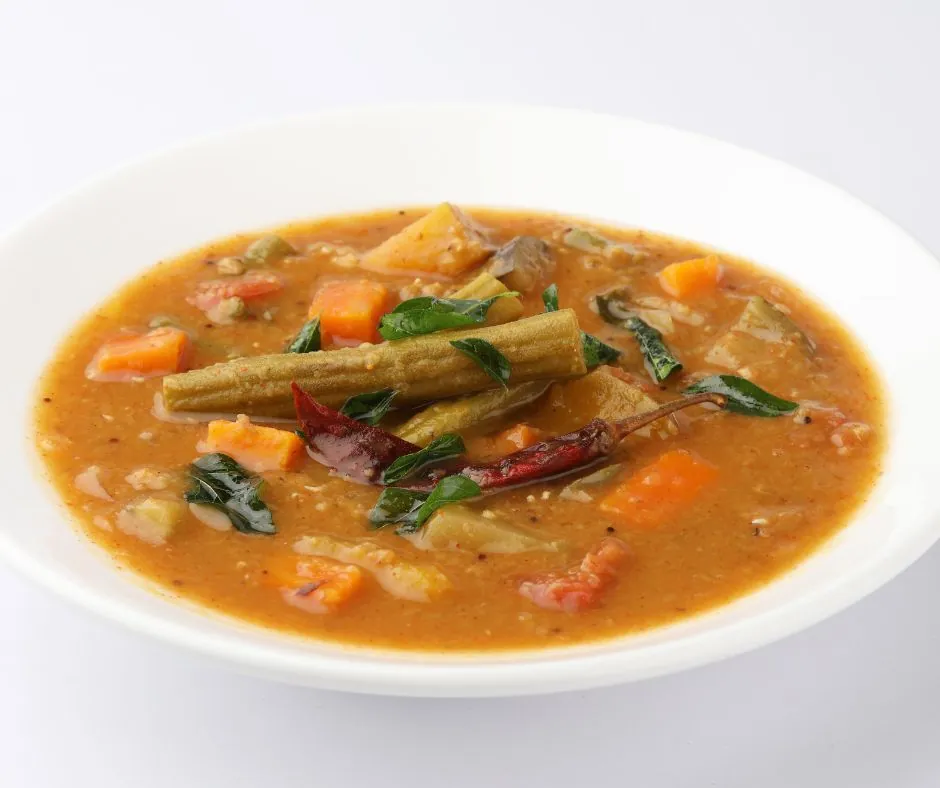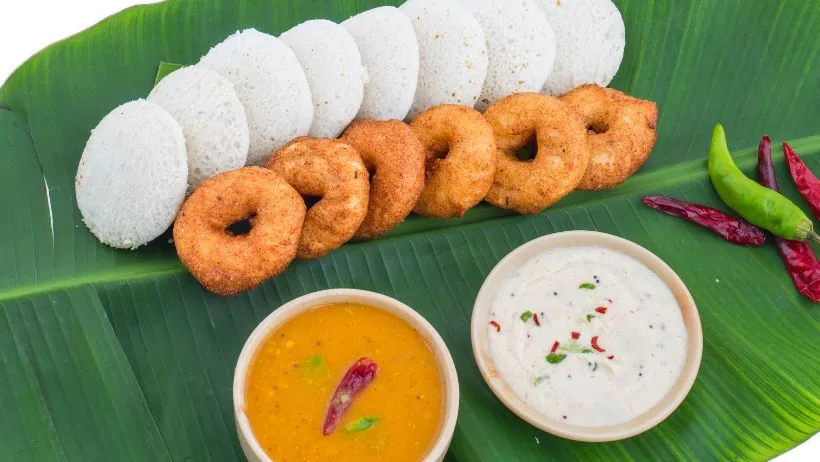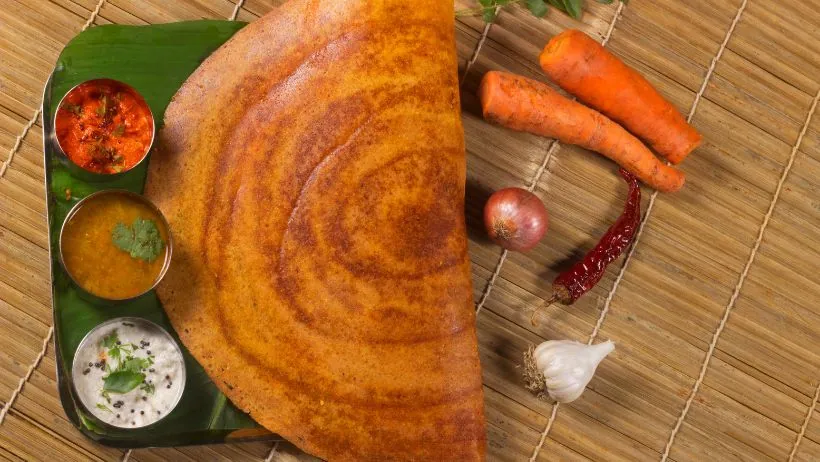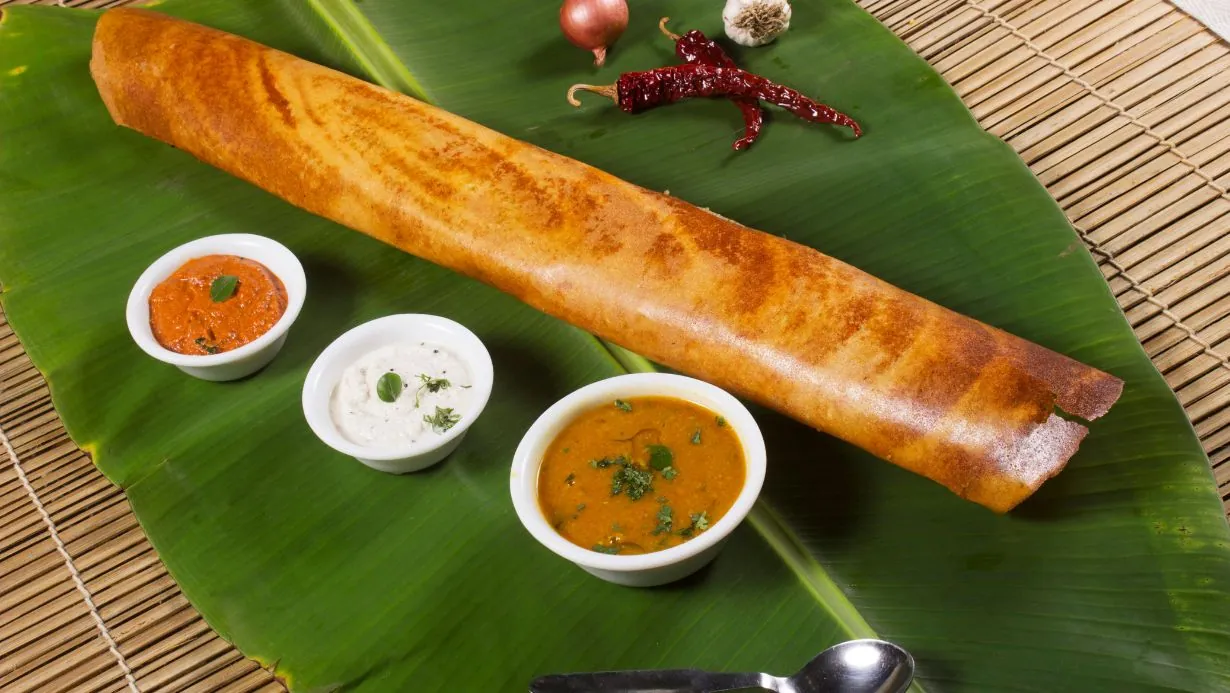Recipe of Sambhar, the quintessential South Indian dish, is a delectable and nutritious combination of lentils, vegetables, and aromatic spices. This flavorful and soul-satisfying concoction has won the hearts of food enthusiasts worldwide. Sambhar is a versatile dish, suitable for breakfast, lunch, or dinner. In this comprehensive guide, we will delve into the origins of sambhar, its cultural significance, the ingredients, and the step-by-step recipe to make an authentic and delicious sambhar at home. So, let’s embark on a culinary journey to discover the secrets of this South Indian masterpiece.
The History and Significance of Sambhar
Origin and Legend
Sambhar has a rich history and is believed to have originated in the southern Indian state of Tamil Nadu. The name “sambhar” is said to be derived from the Marathi word “sambar,” which means a kind of thick vegetable stew. According to popular legend, the dish was created by Sambhaji, the son of Chhatrapati Shivaji Maharaj, the renowned Maratha king. He is said to have developed this dish when he was on a military campaign, and it has since become a beloved part of South Indian cuisine.
Cultural Significance
Recipe of Sambhar is more than just a dish; it holds a special place in South Indian culture. It is an integral part of traditional South Indian meals and is often served as an accompaniment to dishes like dosa, idli, vada, and rice. Sambhar is also an essential part of religious and festive occasions in South India. It is offered as a prasadam (offering to the deity) in many temples and is a symbol of unity and diversity in the region.
Key Ingredients
Lentils
The base of any sambhar is a combination of lentils, with toor dal (pigeon pea) being the most commonly used. Toor dal not only imparts a creamy texture to the sambhar but also provides a good source of protein. These things in recipe of sambhar tastes good.
Vegetables
A variety of vegetables can be used in sambhar, depending on your preference and availability. Some popular choices include drumsticks, brinjal (eggplant), pumpkin, okra, and carrots. These vegetables not only add flavor but also make the dish colorful and nutritious.
Tamarind
Tamarind pulp is a crucial ingredient in sambhar, giving it its characteristic tangy flavor. It balances the earthiness of the lentils and complements the spices. Tamarind also has various health benefits, making sambhar a well-rounded dish. These things in recipe of sambhar tastes good.
Sambhar Powder
Sambhar powder is a blend of aromatic spices that imparts the distinctive flavor and aroma to the dish. It typically includes coriander seeds, red chilies, fenugreek seeds, and other spices. You can use store-bought sambhar powder or prepare your own at home for a personal touch.
Aromatic Spices
Apart from sambhar powder, other spices like mustard seeds, cumin seeds, asafoetida (hing), and curry leaves are used to season the sambhar and enhance its taste. These things in recipe of sambhar tastes good.
The Step-by-Step Sambhar Recipe
Now that we have a good understanding of the ingredients, let’s dive into the step-by-step process of making a delicious sambhar.

Ingredients:
Here’s a list of the key ingredients you’ll need:
- 1/2 cup toor dal (pigeon pea)
- A small lemon-sized ball of tamarind
- 2 cups mixed vegetables (drumsticks, brinjal, pumpkin, okra, carrots)
- 2-3 tablespoons sambhar powder
- 1/2 teaspoon turmeric powder
- 1 teaspoon mustard seeds
- 1 teaspoon cumin seeds
- A pinch of asafoetida (hing)
- 10-12 curry leaves
- 2-3 dried red chilies
- 2-3 tablespoons cooking oil
- Salt to taste
- Chopped coriander leaves for garnish
Preparation:
- Wash the toor dal thoroughly and cook it with 2 cups of water and a pinch of turmeric powder in a pressure cooker until it’s soft and mushy.
- While the dal is cooking, soak the tamarind in 1/4 cup of warm water for about 15 minutes. Squeeze out the tamarind pulp and discard the seeds.
- Chop the vegetables into bite-sized pieces.
- Heat oil in a large pot or sambhar pan. Add mustard seeds and let them splutter.
- Add cumin seeds, asafoetida, dried red chilies, and curry leaves. Sauté for a minute.
- Add the chopped vegetables and sauté for a few minutes.
- Now, add the tamarind pulp, sambhar powder, turmeric powder, and salt. Mix well.
- Add 2-3 cups of water and let the vegetables cook until they become tender.
Cooking the Lentils:
- Once the toor dal is cooked and soft, mash it well with a ladle or a masher.
- Add the mashed dal to the pot with the vegetables and tamarind mixture. Stir everything together.
Simmering:
- Let the sambhar simmer on low heat for about 20-25 minutes. This allows the flavors to meld and the sambhar to thicken.
- Stir occasionally to prevent sticking and ensure even cooking.
Tempering:
- In a separate pan, heat a little oil, add mustard seeds, and let them splutter.
- Add curry leaves and a pinch of asafoetida.
- Pour this tempering over the simmering sambhar, giving it a burst of flavor.
Garnish
- Finally, garnish the sambhar with freshly chopped coriander leaves.
Serving and Accompaniments
Sambhar can be served in various ways, and it pairs wonderfully with a range of South Indian dishes. Recipe of sambhar:

With Rice
Sambhar-rice, known as “Sambhar Sadam,” is a classic South Indian comfort food. Serve a generous ladle of sambhar over steamed rice and enjoy the blend of flavors.
With Dosa
Sambhar is a must-have accompaniment when enjoying dosa or idli. The combination of crispy dosa and flavorful sambhar is unbeatable.
With Vada
Sambhar and vada (fried lentil doughnuts) make a delightful pairing. Soak vadas in sambhar and relish the taste of South India.
As a Soup
Sambhar can be serve as a soup or appetizer. Pour it into a bowl and enjoy the comforting warmth of the broth.
Variations and Regional Differences
Sambhar is a versatile dish, and its recipe can vary from region to region, or even from one South Indian household to another. Here are a few variations and regional differences in sambhar preparations:
Kerala Sambhar
In Kerala, coconut often added to the sambhar, giving it a unique taste. Additionally, they use a special variety of small onions called “shallots” to enhance the flavor.
Karnataka Sambhar
In Karnataka, a spice blend called “Bisi Bele Bath Powder” used to prepare sambhar. This spice mix includes a variety of spices like cinnamon, cloves, and fenugreek seeds, giving the sambhar a distinct taste.
Tamil Nadu Sambhar
Tamil Nadu sambhar is characterize by its use of sambar podi, a homemade spice powder that varies in composition from one household to another. Additionally, a tempering of mustard seeds, fenugreek seeds, and curry leaves adds a burst of flavor.
Health Benefits of Sambhar
Sambhar is not only delicious but also nutritious. It offers several health benefits due to its wholesome ingredients:

Rich in Protein
Toor dal, the main ingredient in sambhar, is a rich source of protein, making it an excellent choice for vegetarians and vegans.
Packed with Vitamins and Minerals
The variety of vegetables used in sambhar provide essential vitamins and minerals, contributing to overall health and well-being.
Digestive Benefits
The spices and ingredients in sambhar, such as turmeric, asafoetida, and tamarind, aid in digestion and promote a healthy gut.
Low in Calories
Sambhar is relatively low in calories, making it a suitable option for those looking to maintain or lose weight.
Conclusion
Sambhar, with its rich history, cultural significance, diverse variations, and health benefits, is much more than a mere dish; it is a celebration of flavors and traditions. By following the detailed recipe and exploring the regional nuances, you can create a sambhar that tantalizes your taste buds and transports you to the heart of South India. So, gather your ingredients, don your apron, and embark on a culinary adventure to master the art of making the perfect sambhar. Happy cooking!
Read Also:
